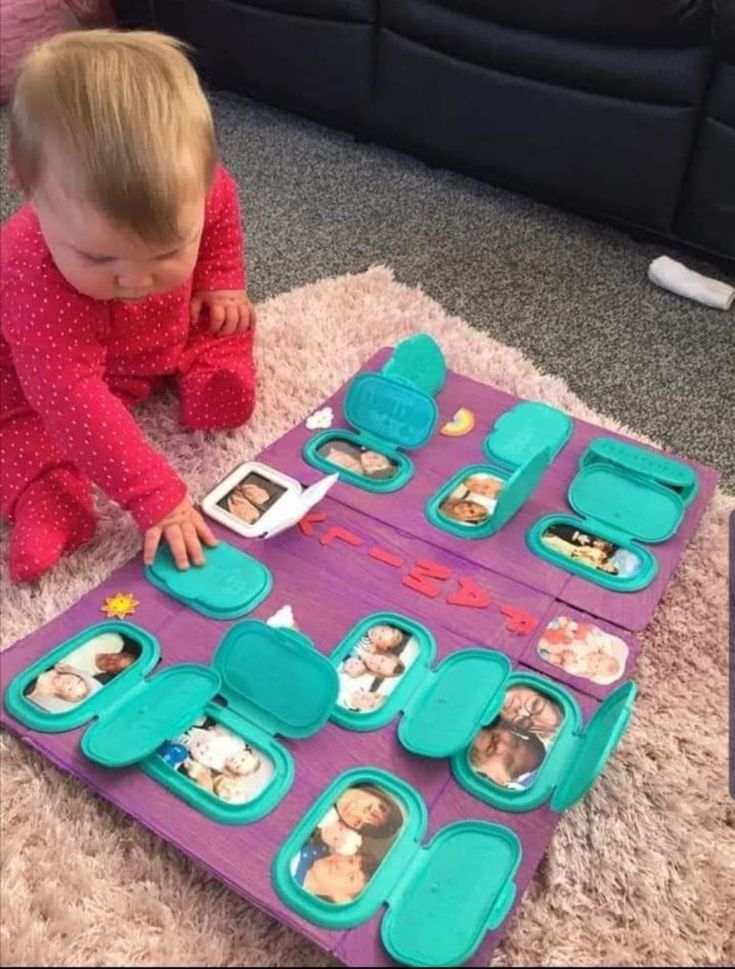Introduction
Governance, in the context of a country or an organization, refers to the system of rules, processes, and practices through which decisions are made and authority is exercised. It typically involves formal procedures for creating and implementing policies, as well as informal systems of power and influence. Governance can be broadly categorized into two types: primary governance and secondary governance. In this article, we will explore the key differences between these two types of governance.
Primary Governance
Primary governance pertains to the foundational structures and core institutions that have a direct role in shaping the policies of an entity. It is the primary means through which a society is governed and is typically associated with the formal systems of power within a country or an organization.
1. Constitution: Primary governance often begins with a constitution or foundational document that outlines the basic rules for governing an organization or a nation. This document sets forth the values, principles, and priorities that should guide decision-making.
2. Institutions: Core institutions such as governments, judicial systems, legislative bodies, or boards of directors fall under primary governance. These institutions have a direct impact on policy-making processes allowing them to create, modify, or enforce laws or regulations.
3. Principles/Frameworks: Primary governance also includes principles or frameworks designed to guide decision-making processes like democracy, communism, or capitalism in nations; corporate social responsibility (CSR) frameworks in organizations.
4. Decision-making Process: Primary governance involves clearly defined decision-making processes where authority is delegated from higher to lower levels enabling stakeholders to make informed decisions based on the laid out rules.
Secondary Governance
Secondary governance refers to supplementary systems that support primary governance by providing guidance on how its principles should be implemented in practice. It usually involves more specific procedures that seek to make primary governance more effective.
1. Policies and Regulations: Secondary governance often deals with more specialized policies covering various aspects like social welfare programs within countries or employee benefit programs in organizations.
2. Monitoring and Evaluation: To ensure effective implementation of primary governance, secondary governance involves systems that monitor the progress and evaluate the performance of projects, programs, or initiatives.
3. Compliance and Enforcement: Secondary governance also focuses on establishing mechanisms for compliance with laws or policies and ensuring their consistent enforcement. This may involve inspection agencies, regulatory authorities, or watchdog groups, which ensure proper adherence to established principles.
4. Conflict Resolution: Secondary governance may include conflict resolution mechanisms when disputes arise within individual stakeholders or organizations. This might entail arbitration systems that address disagreements in contractual matters.
Conclusion
In summary, primary and secondary governance differ in terms of the systems they represent and their scope of action. Primary governance encompasses the fundamental structures that govern decisions by defining the basic rules, principles, and institutions that drive decision-making processes. On the other hand, secondary governance supplements these primary systems by providing more specific procedures for implementation in practice. The synergy between these two types of governance is essential to ensure effective governance, as it helps to create a more comprehensive mechanism for making decisions and successfully maintaining orderliness within societies and organizations.











